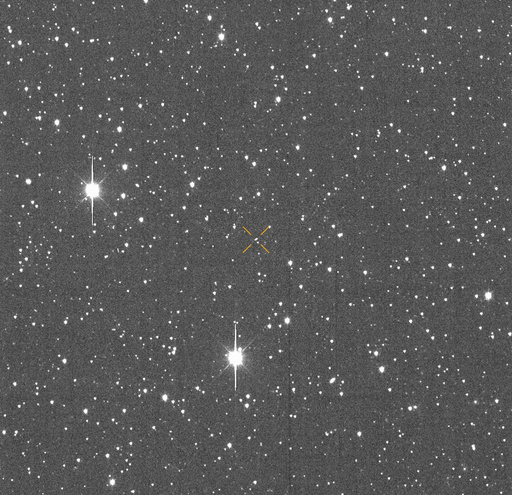
CAPE CANAVERAL, Florida — In recent weeks, concern has increased regarding a newly detected asteroid as astronomers race to track its trajectory. However, the likelihood of a collision with Earth remains quite low.
Current estimates indicate a 2% chance that the asteroid, known as 2024 YR4, could impact Earth in 2032, meaning there is still a 98% probability that it will safely pass by. As astronomers gain more data about its orbital path around the sun, these odds may fluctuate, and there is a strong possibility that the risk will eventually be eliminated altogether.
The Webb Space Telescope, developed by NASA and the European Space Agency, is scheduled to observe this near-Earth asteroid in March before it becomes invisible from our vantage point. Following that observation, scientists will have to wait until 2028 for another opportunity to study the asteroid when it returns.
Asteroids are remnants of the solar system that formed approximately 4.6 billion years ago, consisting of smaller rocky bodies that orbit the sun, notably located between Mars and Jupiter in an area known as the main asteroid belt. These celestial bodies can occasionally be ejected from their original orbits and enter different trajectories, much like 2024 YR4 has done.
Discovered by a telescope in Chile last December, asteroid 2024 YR4 is estimated to measure between 130 feet and 300 feet (40 to 90 meters) in diameter. According to NASA, the upcoming observations from the Webb telescope will refine its size estimation further. Initially, NASA and the European Space Agency calculated the probability of a collision to be just over 1%, but that figure has recently risen to about 2%, which NASA still considers to be “extremely low.”
As the scientific community continues monitoring the asteroid, they emphasize that the odds of impact are likely to change, potentially decreasing to zero eventually. “You don’t have to be worried about anything. It’s a curiosity,” advised Larry Denneau, a senior software engineer with the University of Hawaii’s asteroid impact alert system, which was instrumental in detecting 2024 YR4. “Don’t panic. Let the process play out, and we’ll have a for-sure answer.”
Just two years ago, NASA reassured the public about another asteroid named Apophis, after new observations ruled out any possibility of it colliding with Earth in 2068.
Experts assert that there’s no need to be alarmed about 2024 YR4. Paul Chodas, who directs NASA’s Center for Near-Earth Object Studies, stated that the increase in impact probability is expected behavior: “To be clear, we expect the impact probability to drop to zero at some point.”
The uncertainty surrounding the asteroid’s size and orbital dynamics complicates predictions about potential impact locations and outcomes. If 2024 YR4 were to strike Earth and is on the smaller end, effects would be localized, akin to the Tunguska event of 1908, which devastated a vast area of forest in Siberia. Conversely, if the asteroid approaches 330 feet (100 meters) in size, the consequences could be significantly more severe.
Once measurements from the Webb telescope provide clarity on the asteroid’s size, NASA will be able to forecast the potential seriousness of an impact and considerations for deflecting the asteroid if necessary.
NASA is already making strides in planetary defense; in 2022, they launched the Dart spacecraft, which intentionally collided with a harmless asteroid in a groundbreaking test designed to alter its orbit.

